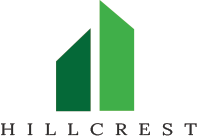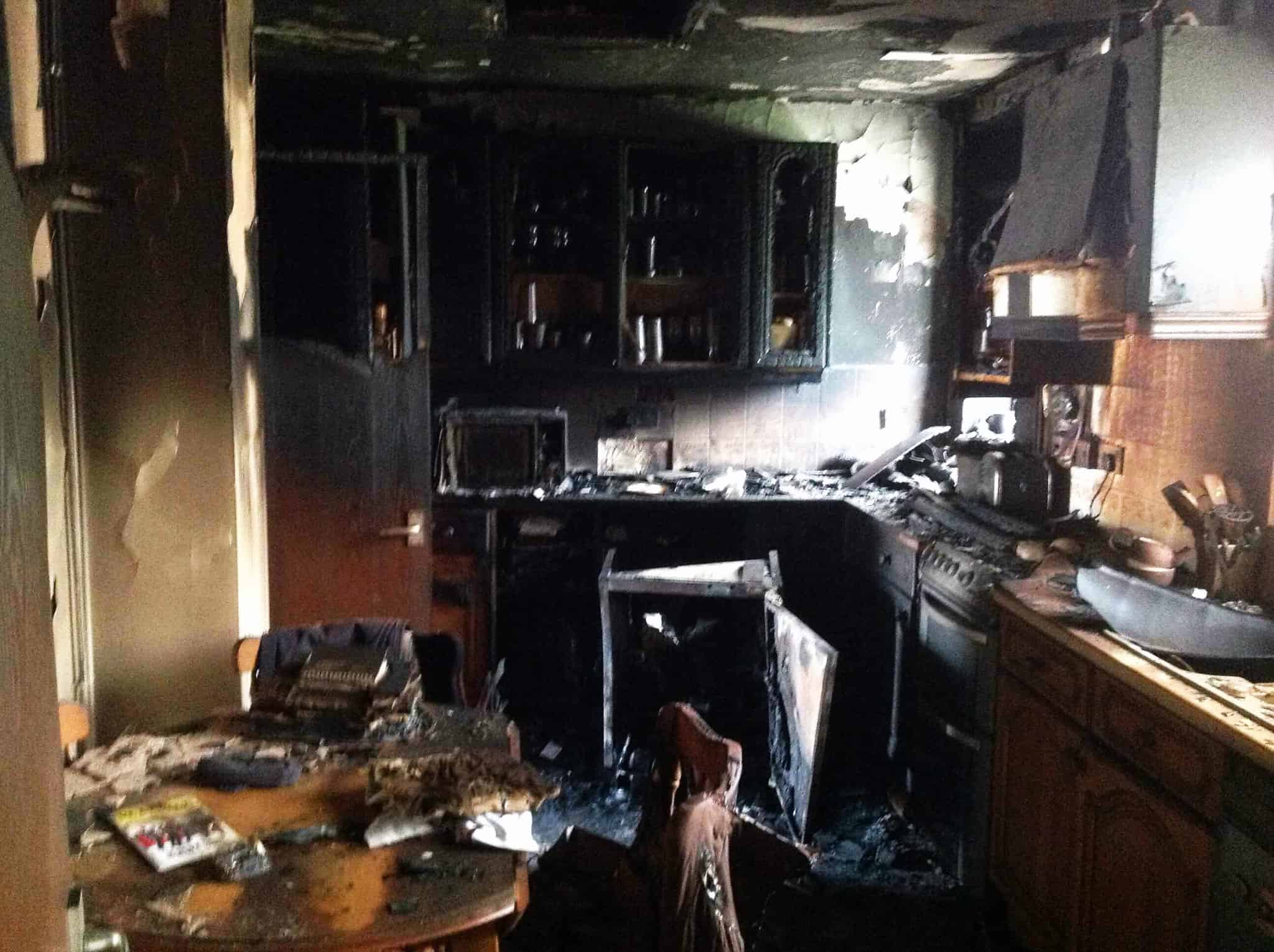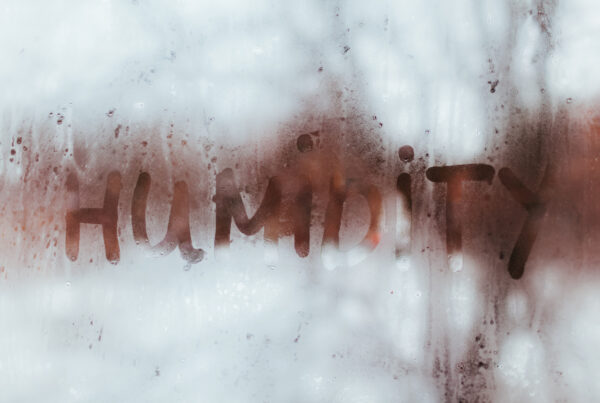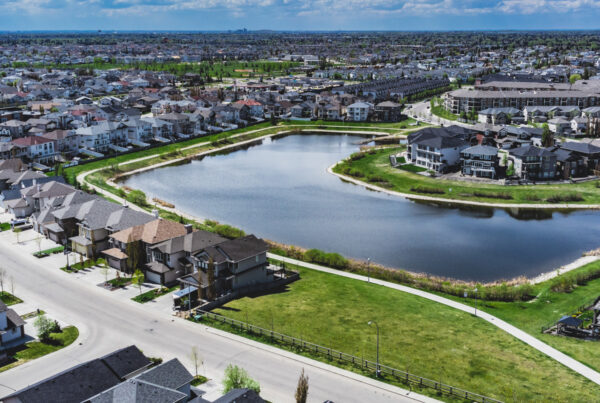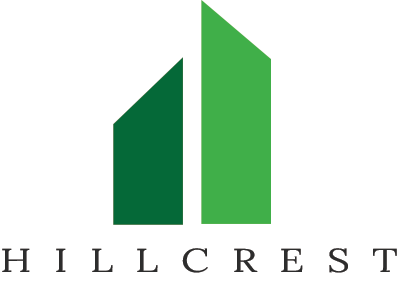Restoration projects are an inevitable possibility for community association boards, but they are never fun. We’ve combined our experience with that of Niki Ramirez at Rainbow International Restoration of South & West Suburbs in Hickory Hills, Illinois to bring you what you need to know in advance and during a restoration need to ensure it goes smoothly.COVID-19 has created a need for restoration and bio-hazard cleaning companies that many of us never thought we’d have. Each of the many reasons property restoration has it own set of special circumstances. We’ll guide you through preparedness before it happens and the steps you need to take to handle a restoration.
Preparedness
It is not uncommon for condo and townhouse communities to need restoration services at one or more points over the course of any given board member’s tenure. Therefore, it is important for residents, board members, and contractors alike to be prepared for the possibility.
Have readily available the year each of your buildings were built, and what types of renovations have been made since. Any projects involving demolition raise concern for the presence of asbestos. This information is one of the first things a contractor will need to know to conduct any type of restoration or construction.
Another key preparedness step is to do your research in advance to have a list of vendors across all trades and that can fix a variety of issues. This doesn’t mean you have to use them when the time comes if you don’t like their proposal, but having a short-list for each problem ready will save you time. Also, you don’t want to be in a time-sensitive situation and have to settle on a vendor that isn’t the best choice.
What to do right now, due to COVID-19
Due to the current pandemic, one measure of preparedness you should take is to contact all your vendors and contractors. Ask them what precaution they are taking to reduce the spread of the virus. Specifically, are they:
- ensuring that the individuals that visit your community are sanitizing their own office?
- sanitizing work vehicles?
- decontaminating their equipment after each project?
- keeping workers at home that feel ill?
No one was prepared for COVID-19, so don’t make any assumptions. Also, if you have any come on site, be sure to ask if they’ve had any cases. Niki makes an excellent point:
If a contractor can’t ensure the health and safety of their own crew, you can’t expect them to protect your building either.
Insurance
Having proper insurance coverage is another key area of preparedness. In addition, obtain certificates of insurance from all contractors who work on the property. Likewise, consider having the association named as an additional insured on contractors’ policies. Finally, it is the association’s responsibility to properly maintain parking areas, and ensure common areas are clear of tripping hazards.
It’s Go-Time
When that moment comes when you realize a restoration project is in order, here are the steps you need to take so that things move as quickly and smoothly as possible.
- Determine the urgency of restoration. Emergency restorations include fire, water, smoke damage, as well as bio-hazard cleanup such as trauma or COVID-19 cleanup. From there, it can depend on the circumstances. Mold damage may not be as urgent.
- Be ready with intimate knowledge of association versus homeowner responsibility in your bylaws, at least as it relates the the issue at hand. It is not appropriate for the contractor to interpret your legal documents. Property managers are a tremendous help in this area, as they work in these legal documents daily. Giving this to the restoration contractor immediately ensure timely and accurate pricing. The knowledge also allows you to communicate to the homeowner what the situation requires they do. All of this is crucial to timely restoration.
- Have the property inspected before filing an insurance claim. If you have a high deductible, restoration cost may not exceed it. If the cost is slightly over your deductible, consider if it is worth affecting your premium to make a claim.
- Identify the source of the damage and fix it. As far as any project work goes, this is your top priority. This is so that you may avoid any additional loss. If you fix the symptom without addressing the problem, you’ll have to begin again. Niki explains that a restoration contractor can confirm the source and help you identify if the damage will exceed the insurance deductible
- Meanwhile, you can work to approve estimates for mitigation. You had a list of vendors prepared. Be sure you find out the vendor’s process for accepting work orders, so you do not delay response time. At this point, you should have sent them the year the building was built and if any renovations had been done. You communicated who is responsible for what, per your bylaws. Now you can slide right into evaluating and negotiating contracts. Again, your property manager’s expertise will be key.
When it comes to restoration, it is better to be proactive than reactive. Make these preparedness procedures and education part of your board’s ongoing plan, and you’ll be glad you did.
“Kitchen fire damage stock photo” by Rainbow International Franchise is licensed under CC BY 2.0
